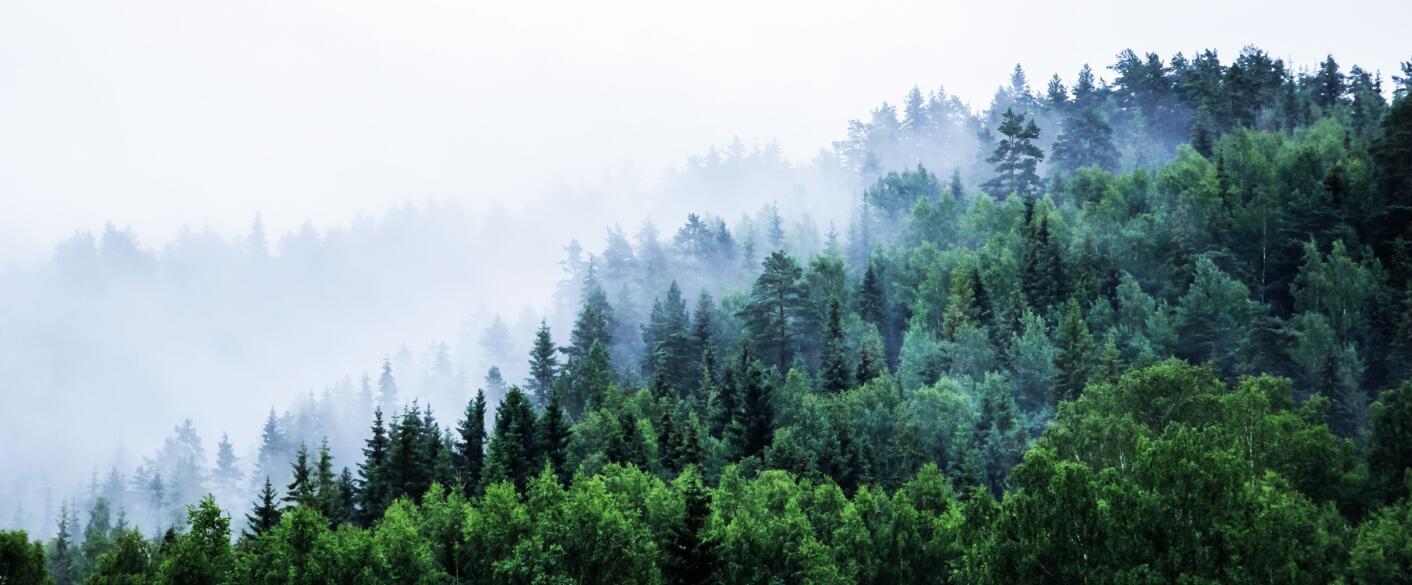Western red cedar wood cladding
Western red cedar wood cladding is one of the most premium and expensive choices on the market. Native to North America, this wood is distinguished by its natural reddish-brown colour and fine grain, giving it a timeless, upmarket appearance. Its high price, often between €150 and €450 per m² (excluding installation), is explained by its many qualities: lightness, high natural resistance to weather, insects and fungi, and remarkable dimensional stability.
Larch wood cladding
Larch wood cladding is a popular option thanks to its excellent value for money. Native to mountainous regions, this wood is distinguished by its natural robustness and high resistance to weathering, without the need for chemical treatment. With a warm colour ranging from light brown to orange, it provides an authentic, long-lasting look. Larch cladding generally costs between €85 and €120 per m² (excluding installation), depending on thickness, finish and whether it has been heat-treated. Although slightly more expensive than pine, it is more affordable than species such as cedar, while offering comparable durability.
Thermo-treated Nordic pine wood cladding
The average cost of untreated pine wood cladding is between €15 and €40 per m².
Thermo-treated Nordic Pine cladding generally costs between €65 and €120 per m², depending on the thickness of the boards and the finish applied. Heat-treated pine undergoes a thermal modification that improves its durability and stability while eliminating the need for chemical treatments. This environmentally-friendly process increases the cost but offers excellent weather resistance and more even ageing. Pine cladding, whether untreated or heat-treated, is an affordable option that can be adapted to a wide range of projects.
Douglas fir wood cladding
Douglas fir wood cladding is a popular option because of its excellent value for money. This naturally durable, weather-resistant softwood is prized for its pinkish hue, which develops into a silvery grey over time if left untreated. Douglas fir cladding generally costs between €60 and €80 per m², depending on the thickness of the cladding and the finish applied. More economical than species such as larch or cedar, Larch is nevertheless extremely durable and is equally suited to modern buildings and more traditional projects.
Spruce wood cladding
Spruce wood cladding is an economical and aesthetically pleasing option, highly prized for its light, even colour, ideal for painted or saturated finishes. Its attractive price, generally between €45 and €60 per m², makes it an affordable solution. Spruce cladding is perfect for those looking for a wood that is light and easy to work, with a good compromise between aesthetics and budget.









